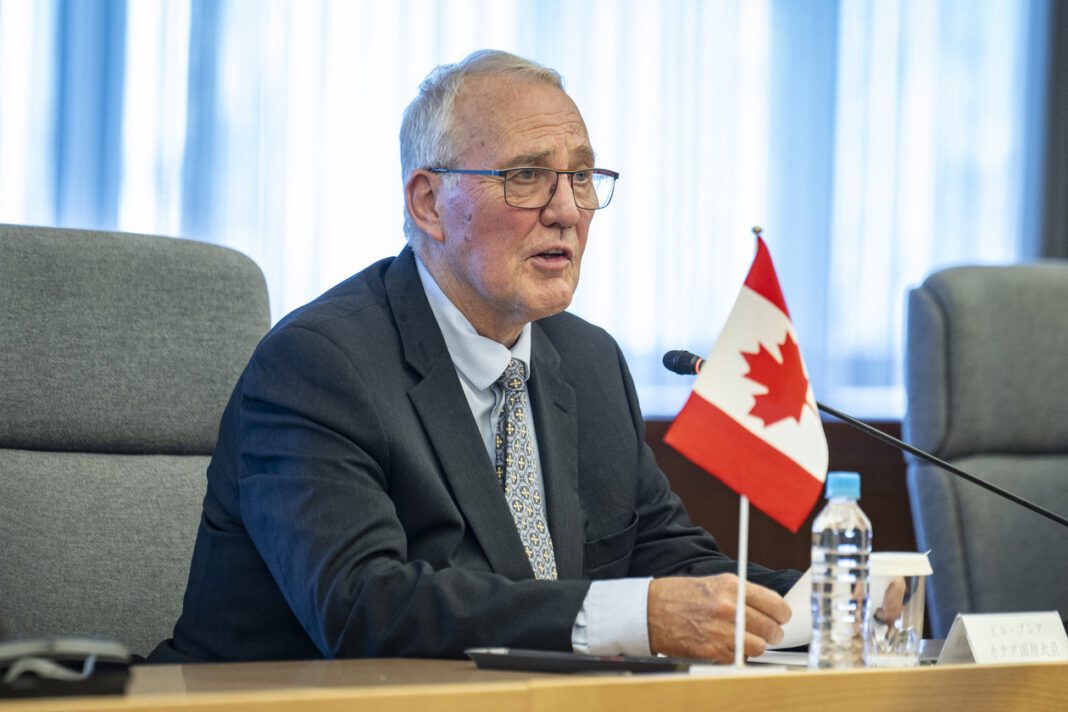Canada is preparing to increase its defense spending to meet NATO’s 2 percent target of gross domestic product (GDP). The slow pace of progress has drawn criticism from U.S. lawmakers and concerns about how it impacts the alliance’s unity and readiness.
Canada’s Defense Spending Goals
Canada has promised to meet NATO’s benchmark of spending 2 percent of its GDP on defense by 2032. The government announced plans earlier this year to accelerate the process, aiming to show its commitment to NATO’s collective security.
Currently, Canada spends about 1.37 percent of its GDP on defense. Among NATO’s 32 members, Canada ranks 27th in defense spending as a share of GDP, despite having the sixth-largest economy.
A revised defense policy set a target of 1.76 percent by 2030. This adjustment aims to bring Canada closer to its NATO commitment. Officials have indicated there are opportunities to speed up the timeline for achieving the full 2 percent goal.
U.S. Criticism Intensifies
Despite Canada’s efforts, U.S. lawmakers remain dissatisfied. They argue that Canada is not pulling its weight within NATO. Several American leaders view Canada’s delays as weakening the alliance’s overall strength, especially at a time of increased global instability.
Republican leaders, in particular, have criticized Canada’s timeline for meeting the target. They believe Canada has not done enough, especially when compared to smaller or economically weaker NATO allies that have already achieved the 2 percent benchmark.
This criticism is gaining traction as the U.S. prepares for a new administration under President Donald Trump. Trump has consistently pressured NATO members to meet their defense spending obligations, and his stance is expected to bring even greater scrutiny to Canada.
Why Defense Spending Matters
NATO’s defense spending target is not just about meeting financial benchmarks. It is a signal of commitment to collective defense and the alliance’s ability to respond to threats.
As tensions grow in Europe, particularly with the ongoing war in Ukraine and heightened concerns over Russia, NATO’s readiness is under the spotlight. Defense spending ensures member nations can contribute to joint operations and maintain modern, effective military forces.
Critics of Canada’s current spending argue that its shortfall leaves the burden on other allies, particularly the United States. They claim this weakens NATO’s ability to respond to global emergencies and sends the wrong message to potential adversaries.
Canada’s Challenges and Responses
Canada faces several challenges in increasing its defense spending. One major issue is procurement delays. Acquiring modern military equipment often involves long timelines and reliance on international suppliers, particularly from the United States.
Officials in Canada have acknowledged these challenges and are working to address them. They aim to streamline procurement processes and ensure funds are spent efficiently. Canada also plans to strengthen its partnership with American defense suppliers to speed up the delivery of critical equipment.
Additionally, Canada is emphasizing its broader contributions to NATO beyond defense spending. This includes participating in NATO missions, providing training to allies, and contributing to peacekeeping operations. The critics argue that financial contributions remain a vital aspect of the alliance’s strength.
Growing Global Security Concerns
The pressure on Canada to meet its defense spending targets comes as NATO faces significant security challenges. Russia’s aggressive actions in Ukraine have underscored the importance of a unified and well-prepared alliance.
At the same time, NATO is focusing on emerging threats, such as cyber warfare and hybrid attacks, which require modern equipment and coordinated strategies. Canada’s ability to invest in these areas is seen as critical to the alliance’s future success.
Looking Ahead
Canada’s promise to accelerate defense spending is a step in the right direction, but it may not be enough to satisfy its NATO allies, particularly the United States. As global tensions rise, the need for a united and well-funded NATO becomes increasingly urgent.
The incoming U.S. administration is expected to intensify demands for compliance with NATO’s spending rules. Canada must navigate these pressures while addressing its domestic challenges and ensuring it meets its international commitments.
Whether Canada can balance these competing priorities remains to be seen. These actions in the coming years will play a crucial role in shaping NATO’s ability to address the security challenges of the future.

